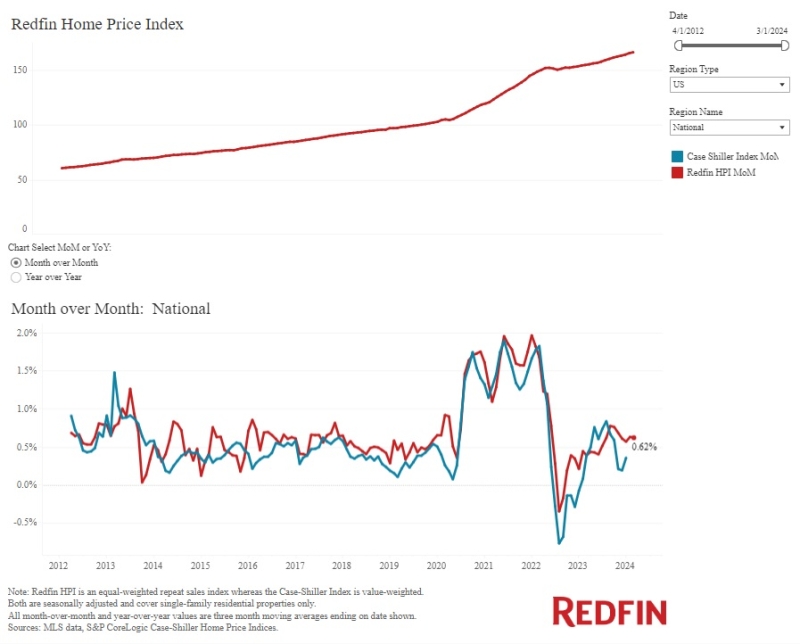Advertisement
A View From the C-Suite: Unraveling the complexities of compliance in the age of technology

So, if you think it's been a challenge to manage compliance in the past, brace yourself … it's about to get 10 times worse. The new complexities involved with being in compliance with the new financial regulations are going to require us to turn to technology more than ever before. So, how do you, as the C-Level executive of your company, select not only the right technology, but the right company behind the technology?
As a national consulting firm advising hundreds of companies across the country, we are often called upon to help companies select the right solution. It is for this reason that we are constantly evaluating a host of solutions and the companies behind them. And I cannot stress enough that you must look beyond the compliance technology and give even more diligence to looking into the company behind the technology. If you select what looks to be a strong compliance technology solution, you may find that you have a great piece of technology, BUT the company that created the technology may not have a full grasp of all the complexities involved in complying with all the new regulations. If you turn to a good compliance company that has a weak technology solution, you will find yourself stuck with too many manual processes and you will not realize all of the efficiencies that a good technology solution should provide you. It's finding the right combination of "carbon-based systems" (humans) and “silicone-based systems" (technology). It's a delicate balance and finding the right solution for you can be harder than you think.
On a side note … each month, as I write the C-Suite column, I get a lot of feedback, most of which is very positive (and let me say how much I appreciate your e-mails and kind comments … keep them coming … it motivates me to keep writing this each month). If however, there is one reoccurring constructive criticism I receive from those who read this article each month it is that I am not as specific as I could be suggesting solutions to the issues I raise in my articles.
The basis for this is that we as a consulting firm, and me, as the author of this monthly column, do our best to remain "vendor neutral.” Normally, there isn’t a "one size fits all" solution and our firm is more about finding the right solution that meets your specific needs than anything else. In most cases, there is more than one “good solution” out there that will work. However, in the area of compliance and technology, that isn’t the case. We find ourselves consistently recommending one solution over and over. So, I'm going to appease my critics and be very specific in my recommendation.
Wetzel Trott, located in Farmington Hills, Mich. is an example of a quality control firm that uses technology as the driving force in maintaining compliance at the level necessary to succeed in today’s marketplace. Now, more then ever, you must have the proper controls in place to ensure compliance. They have a Web-based quality control software known as QuiC (Quality Underwriting Integrity Control) that provides the tools necessary for auditors to identify and report compliance related issues. We believe that Web-based systems offer the best solution because of the constant requirement for updating.
For years, Wetzel Trott has specialized in quality control reviews for residential lenders, and currently has approximately 500 clients around the country. Quality control reviews are performed on conventional and government loan production in accordance with the requirements of Fannie Mae (FNMA), Freddie Mac (FHLMC), U.S. Department of Housing & Urban Development (HUD), the Veterans Administration (VA), and private investors. In addition, documents are checked to confirm that they meet federal regulatory requirements.
QuiC was developed by Wetzel Trott for use in conducting quality control reviews. It is a user-friendly and flexible quality control system which also provides a sophisticated level of functions and options. It includes workflow management and tracking capacity, and allows for customization within both the review and reporting functions.
The regulatory compliance portion of the quality control review is housed within QuiC’s Doc Review Wizard. The Doc Review Wizard presents question sets designed to guide the user through the steps necessary in determining whether federal disclosures are accurate, complete and compliant with regulatory requirements. Specifically, the Doc Review Wizard lists each document by name and then proceeds through questions customized to the details of the associated regulation. The question sets can be updated or edited as needed when regulations change, always ensuring that the review is accurate and up to date.
The question sets can also be customized from a management perspective according to varying skill levels in potential users. The questions can be built very general for more advanced auditors or built more rigid for less experienced auditors. For the latter, the documents might have question sets built several layers deep. This format guides the auditor through all aspects of consideration necessary in confirming the acceptability of the documents being reviewed. The system will not allow a user to advance without answering a question; therefore it assures a complete and thorough review. Auditors report that they like the “prompts” built into the system and that they think of the question sets as a checklist, yet the technology offers that support in a paperless format.
The Doc Review Wizard can even be customized according to loan type, meaning that documents and associated questions would only appear as applicable to the type of loan being reviewed. For example, Right of Rescission questions will not fire on a purchase transaction. These types of customizations promote efficiency and help contribute to the bottom line.
The reporting function in QuiC operates similar to the review function in that it also allows customization options. As auditors answer the question sets, issues are identified within QuiC and automatically populated to the individual audit report. All of the issues are developed at the management level and hard-coded into the system. However, administratively, they can be edited at any time. Issues evolve as regulations change. With the recent changes to the Real Estate Settlement Procedures Act (RESPA), many new issues have been added to Wetzel Trott’s system and some existing issues have been adjusted or deleted. This administrative editing function provides the ability to continually remain current with regulatory compliance requirements.
As part of the quality control review, Wetzel Trott also performs Truth-in-Lending (TIL) calculations in order to ensure the authenticity of the TIL document being audited. A TIL Worksheet has been built into the QuiC quality control software. The worksheet assists the auditor with identifying discrepancies in finance charges, the amount financed, the annual percentage rate (APR), and the private mortgage insurance drop date. Essentially, the auditor enters the lender’s figures into the system and compares those figures to his own. The worksheet also assists the auditor in identifying discrepancies in the payment stream. There is a separate window function which helps the auditor determine if an excess lender credit cuts into the finance charge. Any discrepancies identified throughout the entire process easily populate into report ready issues. Additional narratives, unique to the file or issue, can be added when applicable.
The feedback we have received is that the auditors use this system like the TIL Worksheet in QuiC because it simplifies calculations and eliminates the potential for arithmetic errors on their part. From the C-Level management perspective, the TIL Worksheet provides a “track record,” maintained within the system, which details the steps the auditor took during the review process. An important feature is that the history can be viewed at any time in the future should questions arise regarding the review or the calculations used.
I like the fact that Wetzel Trott partners with a third party vendor to complete the re-calculation of the TIL document. After an auditor completes the QuiC TIL Worksheet, they run the calculations through a third party technology system which calculates the APR, the payment stream, and the private mortgage insurance drop date. This type of technology partnering has become an important aspect in navigating a clear path through the complex area of regulatory compliance.
It is not uncommon for companies to struggle with the demands of keeping up with state level compliance requirements. Wetzel Trott uses and recommends the use of third party vendors in providing the support needed in this area. Technology links to partnering vendors can be implemented within QuiC. Links to third party vendors provide the auditor ready access to state level regulations and ongoing updates. Other vendors provide the tools necessary for high-cost testing at both the state and federal level.
We and our friends at Wetzel Trott believe firmly in employing all technology resources necessary to remain current in the area of regulatory compliance. This includes working with vendor-provided technology tools to integrate and secure the controls necessary for a solid quality control and compliance process. It is a synergistic formula that gives you, the C-Level executive, the confidence that you are pulling from as many resources as possible to effectively manage the compliance risk for your company in the ever more complex and precarious regulatory world in which we live.
David Lykken is president, mortgage strategies and managing partner with Mortgage Banking Solutions. David has more than 35 years of industry experience and has garnered a national reputation. David has become a frequent guest on FOX Business News with Neil Cavuto, Stuart Varney, Liz Claman and Dave Asman with additional guest appearances on the CBS Evening News, Bloomberg TV and radio. He may be reached by phone at (512) 977-9900, ext. 101 or e-mail [email protected].
About the author





